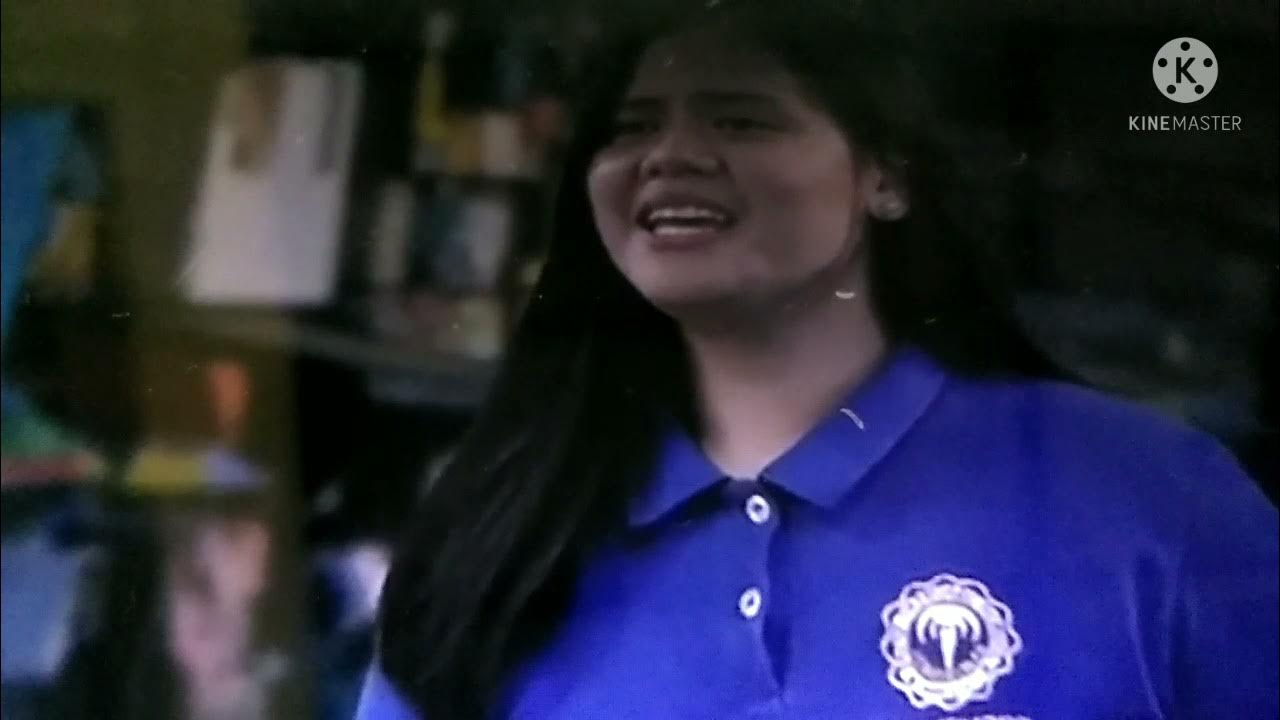The Suzuki Method at Levine Music
Summary
TLDRIn this video, Sarah Andrew Wilson, Director of Music Education for Youth at Levine Music, interviews Rebecca Carey, Chair of the Suzuki Flute Program, to explain the Suzuki method of music education. Developed by Dr. Shinichi Suzuki, the method emphasizes learning music through a 'mother tongue' approach, focusing on listening, repetition, and gradual progression. At Levine Music, Suzuki instruction is offered across various instruments, with parents playing an active role in their child's learning process. The method encourages individual growth within a supportive environment, fostering the belief that every child can learn to play music, regardless of innate talent.
Takeaways
- 😀 Dr. Suzuki, originally a violin factory owner, pioneered the Suzuki Method in Japan, inspired by the natural way children learn to speak their native language.
- 😀 The Suzuki Method is based on the 'mother tongue approach', where children learn music like they learn to speak—first by ear, then by reading.
- 😀 Dr. Suzuki believed all children, not just the naturally talented, could learn to play music if taught with the right approach and environment.
- 😀 At Levine Music, the Suzuki Method is applied to a variety of instruments, including strings, piano, guitar, harp, trumpet, and flute.
- 😀 The method includes both private lessons and group instruction, promoting a collaborative and supportive learning environment.
- 😀 Parents play a crucial role in the Suzuki Method, attending lessons with their child and becoming the home teacher for daily practice.
- 😀 The Suzuki Triangle concept emphasizes the flow of learning between teacher, parent, and student, ensuring a holistic and effective educational experience.
- 😀 Young children benefit from small, manageable steps in the Suzuki Method, mastering each step through repetition and consistent practice.
- 😀 The Suzuki Method encourages individual pacing, where students move forward at their own rate, similar to Montessori education principles.
- 😀 Levine Music offers trial lessons and observation opportunities for families to determine the best fit for their child's instrument and learning style.
- 😀 The Suzuki philosophy nurtures each child's unique potential, creating a supportive environment for personal growth and musical development.
Q & A
What is the Suzuki method of music education?
-The Suzuki method is a music education philosophy developed by Dr. Shinichi Suzuki, which emphasizes learning music in the same way children learn their native language. It focuses on listening, repetition, and gradual skill-building, with a strong emphasis on tone quality before reading music.
Who developed the Suzuki method and how did it come about?
-The Suzuki method was developed by Dr. Shinichi Suzuki, a Japanese violinist. Dr. Suzuki was inspired by the ability of children to learn their native language through listening and repetition, which led him to create a similar approach to teaching music.
How does the Suzuki method differ from traditional music instruction?
-Unlike traditional methods that often start with reading music, the Suzuki method focuses first on developing a beautiful tone and playing by ear. Reading music is introduced later when it is developmentally appropriate for the child.
What is the concept of the 'Suzuki triangle'?
-The Suzuki triangle refers to the collaborative relationship between the teacher, parent, and student. The teacher guides the child during lessons, while the parent supports daily practice, acting as the home teacher.
What role do parents play in the Suzuki method?
-In the Suzuki method, parents are integral to the child's success. They attend lessons with the child, support daily practice at home, and reinforce the learning process outside of lessons.
How are students grouped in the Suzuki program at Levine Music?
-At Levine Music, students in the Suzuki program receive both private lessons and group instruction. They also have the opportunity to observe lessons and classes to determine which instrument suits them best.
What instruments are taught using the Suzuki method at Levine Music?
-Levine Music offers Suzuki instruction in strings, piano, guitar, harp, trumpet, and flute.
How does the Suzuki method accommodate individual learning speeds?
-The Suzuki method allows students to move at their own pace, with skills being divided into small, manageable steps that are revisited and reinforced throughout the Suzuki repertoire.
Why is repetition important in the Suzuki method?
-Repetition helps students solidify skills and build confidence. By practicing small steps repeatedly, students develop mastery before moving on to more complex techniques.
Can any child learn to play an instrument using the Suzuki method?
-Yes, Dr. Suzuki believed that any child, not just those with natural talent, could learn to play an instrument through the Suzuki method, provided they had the right environment and support.
Outlines

Cette section est réservée aux utilisateurs payants. Améliorez votre compte pour accéder à cette section.
Améliorer maintenantMindmap

Cette section est réservée aux utilisateurs payants. Améliorez votre compte pour accéder à cette section.
Améliorer maintenantKeywords

Cette section est réservée aux utilisateurs payants. Améliorez votre compte pour accéder à cette section.
Améliorer maintenantHighlights

Cette section est réservée aux utilisateurs payants. Améliorez votre compte pour accéder à cette section.
Améliorer maintenantTranscripts

Cette section est réservée aux utilisateurs payants. Améliorez votre compte pour accéder à cette section.
Améliorer maintenant5.0 / 5 (0 votes)






